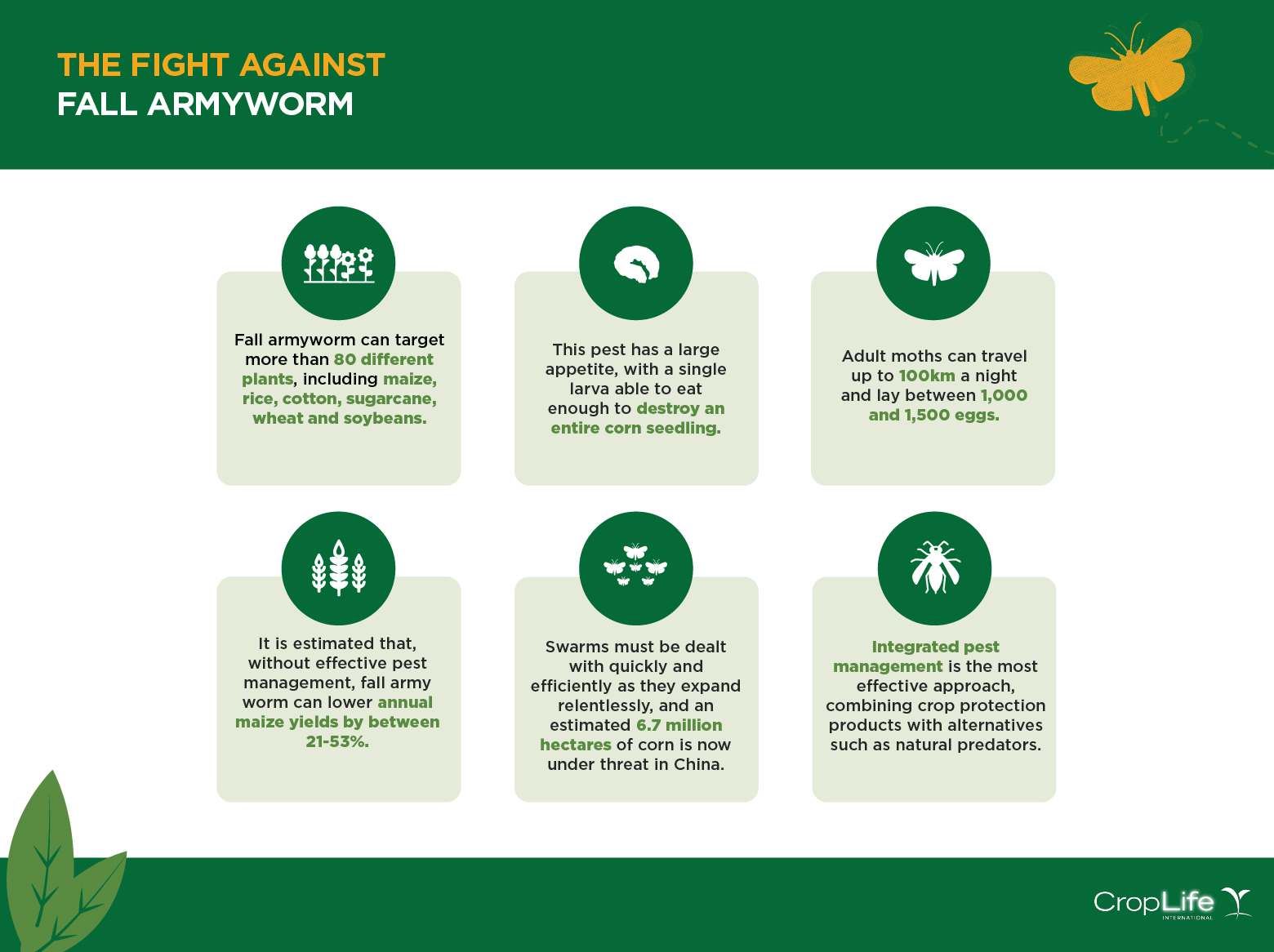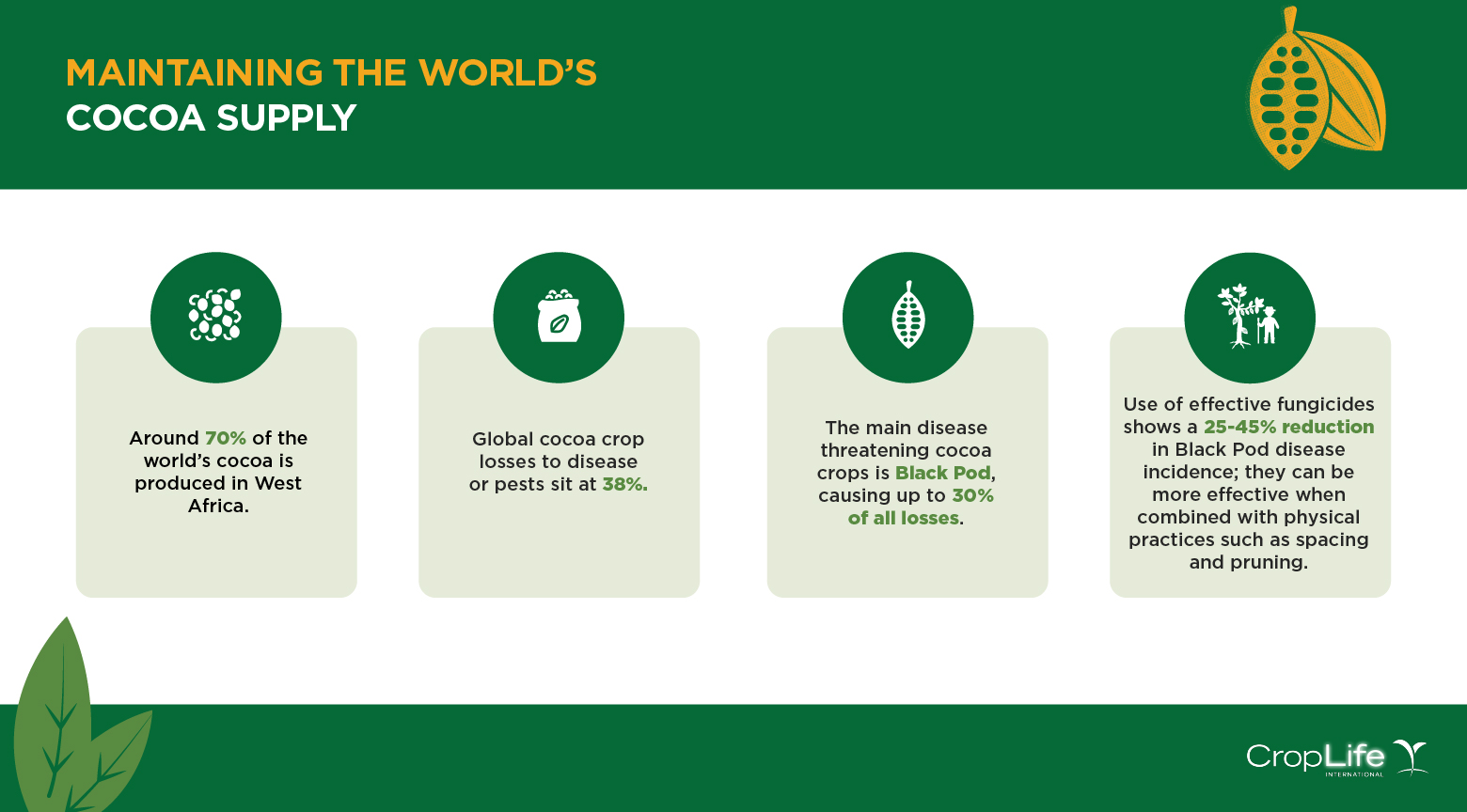By: CropLife International
Papayas are grown and enjoyed in many parts of the world — from Taiwan to Cuba, and from South Africa to Greece. They’re eaten on-the-go as a quick refreshing snack, and incorporated into dishes like Cambodian bok l’hong or Javanese buntil. Papayas are especially important in Hawaii, where they are grown both on big commercial farms and in families’ personal gardens. They have been a staple local fruit and principal export ever since they were first introduced to the islands over 100 years ago. But if it weren’t for the efforts of Dr. Dennis Gonsalves and his diverse team of plant scientists from the public and private sectors to save the fruit, the papaya industry may have been lost. For decades, papayas in Hawaii were plagued by the papaya ringspot virus, or PRSV, named for its iconic symptom of rings appearing on the papaya’s skin. The virus, transmitted to papaya plants via insects feeding on the leaves, spreads and kills quickly.
Jonathan Valdez is a professional dietitian nutritionist from Hawaii, whose family witnessed the effects of PRSV on papaya firsthand. Listen to his own words on the importance of papayas in Hawaii, the devastation PRSV had on farmers, and how plant science came to the rescue.
After years of spread throughout the Hawaiian Islands, the production of papayas was for a time safely relegated to a specific region in the Puna District on the Big Island. However, despite efforts to prevent its spread, by 1992 PRSV had penetrated the Puna District and its effects were instantly noticeable. By 1997, statewide papaya production fell from 55.8 million pounds to 35.7 million pounds. After failed efforts and solutions to contain the virus and stop the spread, papayas in Hawaii were facing an existential crisis. But there was one solution still in the works that showed major potential — biotechnology.
“Basically, we were following the pioneering work of Roger Beachy’s lab on transgenic tobacco and tomato for resistance to tobacco mosaic virus,” said Dr. Gonsalves. “Our team consisted of Richard Manshardt, a horticulturist at University of Hawaii; Maureen Fitch, a graduate student of Richard Manshardt focusing on papaya tissue culture and transformation; and Jerry Slightom, a molecular biologist at Upjohn Company.”
Dr. Gonsalves and his team had to identify the specific gene in the virus that, if inserted in a papaya’s genetic makeup, would make them resistant to PRSV. Once they identified that gene, they used it to create a variety of papaya seeds with DNA including said trait. Using new technology, the team inserted an isolated protein gene of the virus into the cells of papaya seeds, which then grew into resistant papaya plants.
“We made timely research progress because our team had expertise in molecular biology, virology, horticulture and tissue culture, and we were focused on the specific goal of developing a transgenic papaya to help farmers,” said Dr. Gonsalves.
The researchers and farmers planted GM papaya seeds — which produced a protein that made it resistant to PRSV — along with a set of non-GM papaya seeds in a trial. The trials were a huge success, as the GM papayas were found to be resistant to PRSV while the non-GM papayas were wiped out.
The next step was to gain regulatory approvals — not just for the export of the papayas themselves, but also the seeds for farmers throughout the world to grow. Dr. Gonsalves and his team created two varieties of the GM papaya, called SunUp papaya and Rainbow papaya.
“SunUp and Rainbow papaya were potential candidates to rescue the papaya industry from the devastation of PRSV — but transgenic papaya needed regulatory approval,” said Dr. Gonsalves. “Since our team did not have company backing and we were committed to helping the farmers, we took it upon ourselves to file for deregulation. We petitioned USDA-APHIS, the FDA and the EPA for the deregulation of GM papaya line 55-1, the transgenic parent of SunUp and Rainbow.”
“When we got approval in 1998, six years after PRSV invaded the papaya in Puna, a celebration was held in Hilo and initial seeds were released free to growers,” Dr. Gonsalves continued.
After a much-deserved celebration, Dr. Gonsalves still worked with international regulators to ensure that GM papaya can be exported throughout the world — including key markets like Japan, Canada and China.
Today, a vast majority of the papayas grown in Hawaii are GM, grown with resistance to the virus.
“The transgenic papaya saved the Hawaiian papaya industry, and growers began planting transgenic papaya and reclaiming PRSV-infect papaya fields,” said Dr. Gonsalves. “Rainbow became — and still is —the dominant cultivar grown in Hawaii, always present in the supermarkets and farmer’s markets alike.”
Modern genetic engineering can accomplish in just a few years what traditional plant trait breeding used to take decades to do. Thanks to the efforts of plant scientists and genetic biologists, a popular and globally enjoyed fruit was saved from possible extinction — to say nothing of the impact these innovations had on local communities and the livelihoods of farmers and papaya producers across the food value chain. This is just one example of how biotechnology works behind the scenes to improve lives.
“I believe that the transgenic papaya enabled the Hawaiian people to continue to have ready access to a fruit that has been traditionally eaten in Hawaii,” Dr. Gonsalves continued. “The transgenic papaya is nutritious, delicious and it is arguably the least expensive fruit on the supermarket shelves in Hawaii.”
“I have not seen a PRSV infected papaya tree in several years — the result of herd immunity,” said Dr. Gonsalves. “Our papaya project shows that a bunch of public sector scientists can produce a GMO product and help to get it to farmers by going the extra mile. It is my hope that more public sector GMO projects will be done to help farmers and people.”
The innovations spearheaded by Dr. Gonsalves and his team were vital to protecting this important crop and promoting local economies in Hawaii. Plant science plays a key role in protecting crops, mitigating the effects of climate change and improving nutrition globally. Watch the video below to hear dietitian Jonathan Valdez’s professional insights on GMOs and the importance of looking to science and evidence to help form your opinions.
The innovations spearheaded by Dr. Gonsalves and his team were vital to protecting this important crop and promoting local economies in Hawaii. Plant science plays a key role in protecting crops, mitigating the effects of climate change and improving nutrition globally. Watch the video to hear dietitian Jonathan Valdez’s professional insights on GMOs and the importance of looking to science and evidence to help form your opinions.
If you enjoyed this and would like to watch a video retelling of the GM papaya success story, read personal testimonials from farmers, and find answers to your questions about GMOs, visit GMOAnswers.com.





